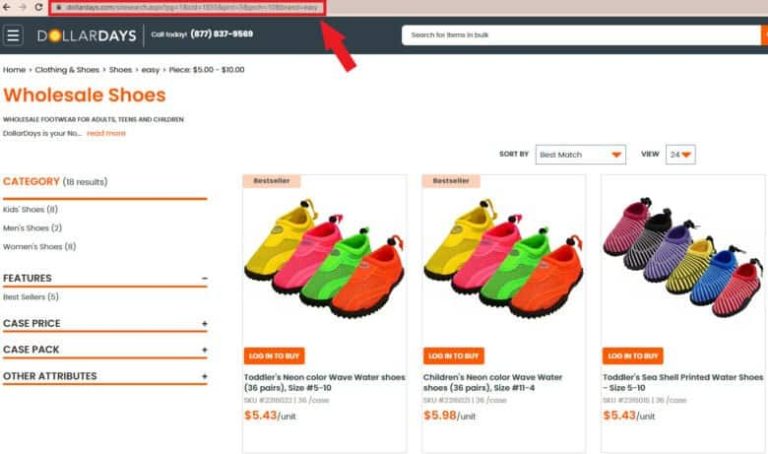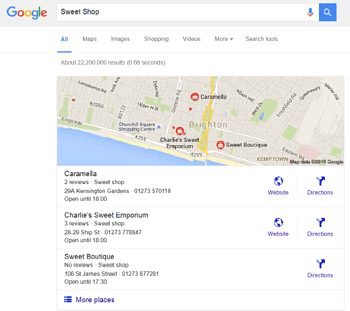In this first series of posts I’ll be introducing rich snippets and structured data and how they can be used to positively impact SEO as well as the benefits for searchers.
What are Rich Snippets?
Rich snippets are the few lines of extra data that you see under search results that contain further information on the contents of a page. They are designed to help users gain a sense of what information is contained on the page.
Rich Snippet Example
The example below show a restaurant listing on tripadvisor.co.uk and underneath the page the page title and the breadcrumb trail is information on:
- The average rating
- Number of reviews
- Average Price

In this example a user can understand how many ratings and the price of a meal at the restaurant, without having to click through to the page. This way the user can decide whether or not the listing is relevant directly from the search engine results, making it easier for a searcher to go to the right information they are searching for straight away.
For example if you were looking for a budget restaurant and the prices was showing £££££, then you can assume that the restaurant in the listing is not relevant to you and saving you time as you do not have to click through and you can continue to scan the rest of the search engine listings.
Users can find the most relevant site to their search which helps increase click through rates as well as helping to reduce bounce rates, as a searcher clicking through has a greater understanding of what information is contained on the page from the rich snippet compared to a search result without any structured data.
Types of content:
Rich snippets can be used for many different types of content including:
- Product Pages
- Events/Listings Pages
- Videos
- Music
- Albums/Songs
- People Authors
- Recipes
- Businesses & Organisations
Rich Snippet Formats
Technically rich snippets are a few extra lines of HTML code which can come in 3 formats:
- Microdata
- Microformats
- RDFa
Microdata is the format preferred by Google and an example of a rich snippet in the microdata format is as follows:
<div>
<div itemscope itemtype="http://data-vocabulary.org/Review">
<span itemprop="itemreviewed">A Restaurant</span>
Reviewed by <span itemprop="reviewer">A name</span> on
<time itemprop="dtreviewed" datetime="2009-01-06">Jan 6</time>.
<span itemprop="summary">Delicious Food, would definitely go again</span>
<span itemprop="description">A restaurant brings you great food with a lively atmosphere and the staff are always friendly</span>
Rating: <span itemprop="rating">4</span>
</div>
</div>
You can test your structured data format using the following tool provided by Google:
http://www.google.com/webmasters/tools/richsnippets
New Data Highlighter Tool
If you have not used rich snippets before and do not currently have the resource to recode all the of your website, Google has recently introduced a new tool that enables website owners to test out rich snippets on their site without having to code any of the pages, this is called the Data Highlighter Tool. The tool which is available through webmaster tools allows users to tag pieces of information on a page they wish to highlight on for rich snippets.
For example if the page was about a certain event, you may want to tag the date and the location of the event. Once the information has been added through webmaster tools and validated by Google, the rich snippets should start to display in the search results for the page.
The benefits of rich snippets for SEO
- The main benefit of rich snippets in terms of SEO is increased click through rates
- Possible reduction in bounce rate
- Greater visibility in search results (In particular if your search result has an image next to it) This
highlights search result, a great example of this is a result containing author information:

In the next series of posts on rich snippets I will focus upon how they can be implemented for ecommerce sites to highlight specific product data such as reviews, offers and availability, all of which encourage users to click through to your product listing above another.
For more information on rich snippets visit:
http://support.google.com/webmasters/bin/answer.py?hl=en&answer=99170
http://schema.org/docs/gs.html






